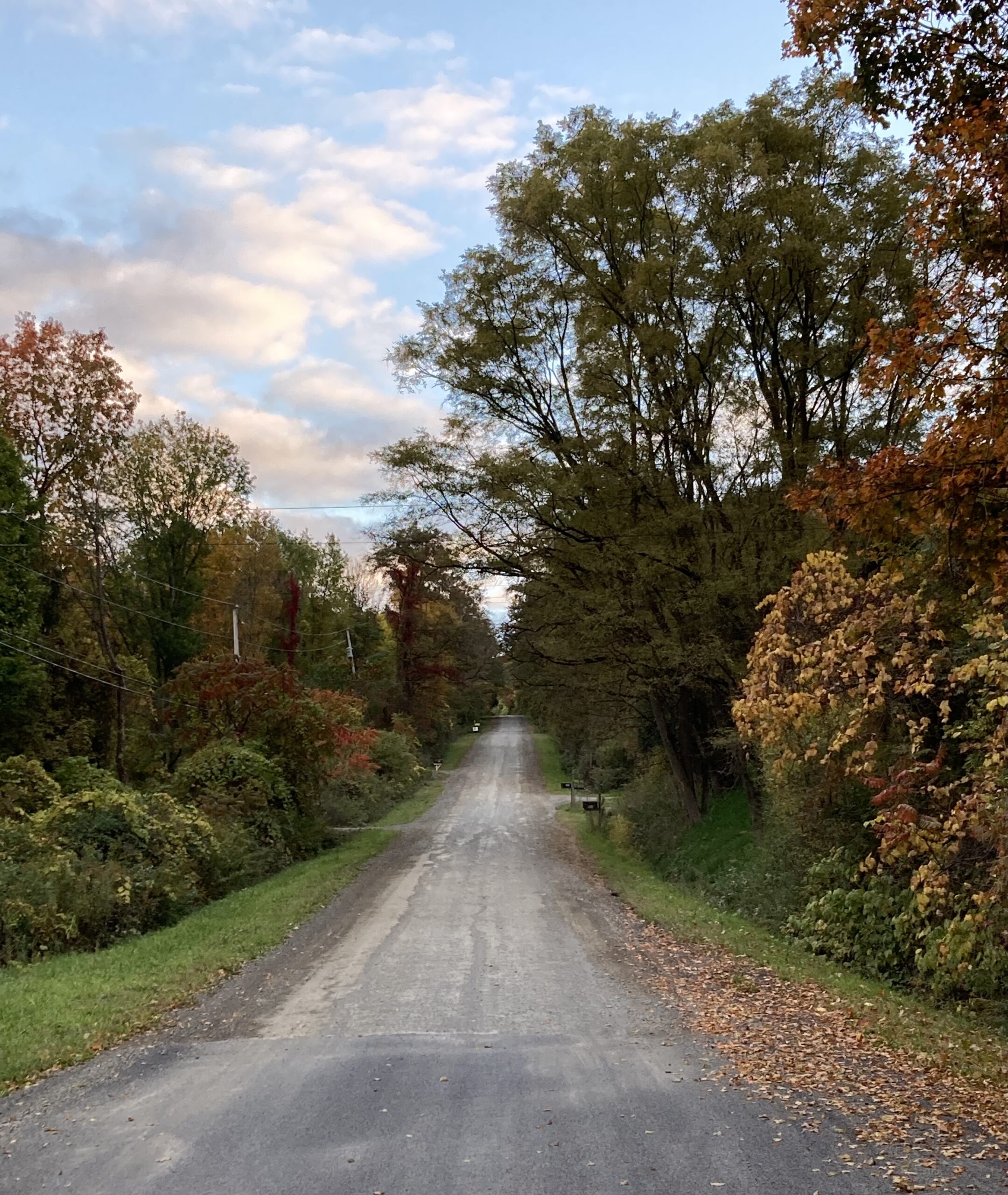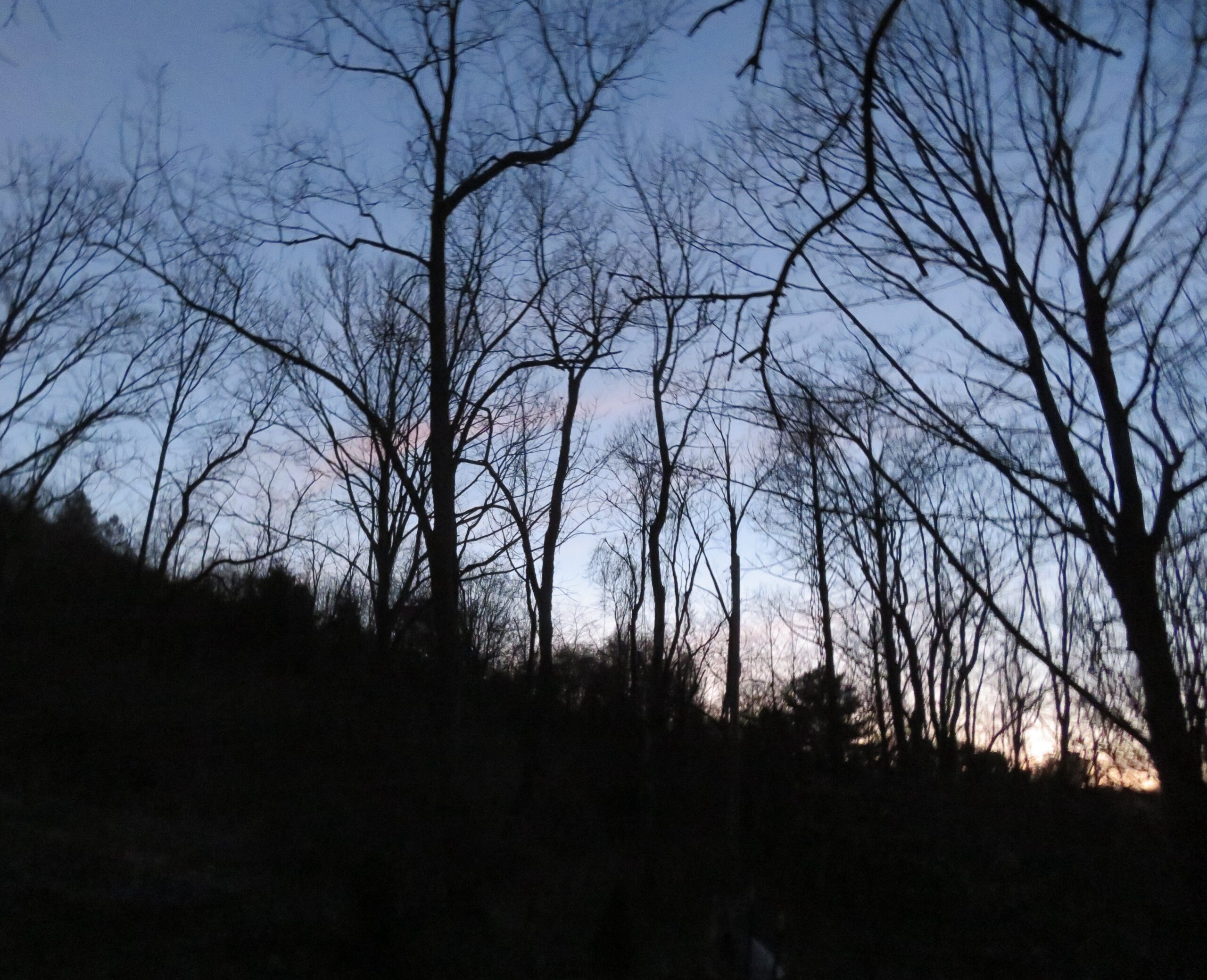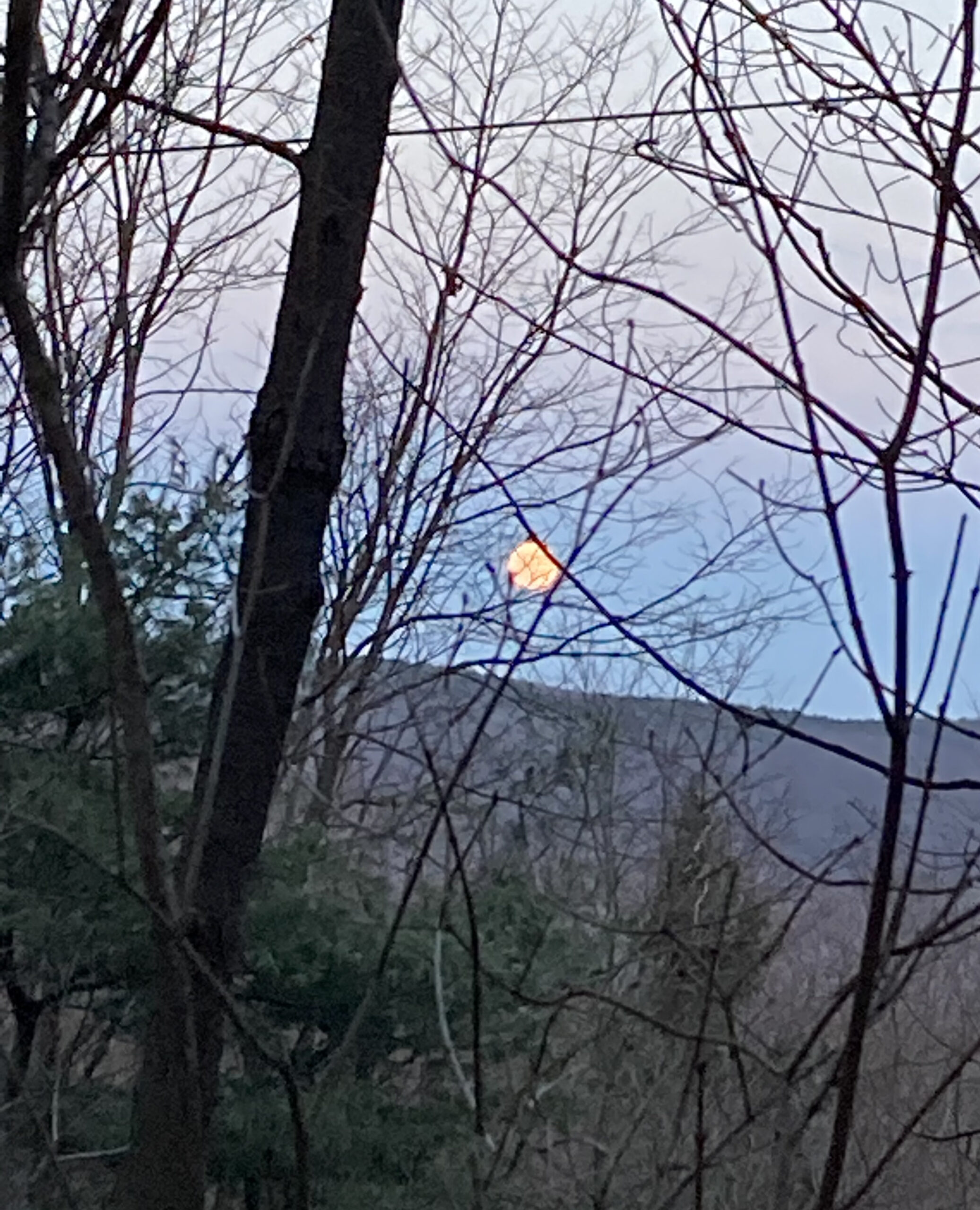Last week, on NPR’s Science Friday, the host, Ira Flatow interviewed U. S. Surgeon General Vivek Murthy on the National Youth Mental Health Crisis and the Loneliness Crisis in our nation. These crises not only greatly affect our nation, but much of the world.
And they’re not due just to the pandemic. As much research has revealed, social media is also deeply responsible. Murthy describes how it often targets young people; over 1/3 of children say they feel addicted. Many are focused on their phones and computers over 3 hours a day. Social media can be great for several reasons, including helping underrepresented communities get and keep in touch with others. But it fosters unwelcome comparisons between people that leads to an increase in negative self-image, depression, anxiety, violence, and bullying, and a decrease in sleep and eye to eye, real time friendship.
One recommendation made by Murthy is to create safety standards regulating how companies target groups and requiring they disclose research data they’ve accumulated on the effects of the media. Another recommendation is fostering in-person communities.
Recently, I was lucky enough to be part of an unusual event. 50 years ago, 3 groups plus additional friends interested in different aspects of social change came together to buy a piece of property and establish a community. One was based around a free school, another around economic change, the third was about social-personal change, and creating a safe place for people who are LGBTQ+. For a few years, around 40-50 people lived on the land in separate but friendly groups.
Now, only about 6 of us from the groups remain here, in separate homes, living alone or as a couple.
So, we had a reunion. And besides being fun, it reminded me, us, of why we had originally come together and the values which, at that time, shaped our lives. And I realized that, since DJT and the pandemic, our need for such communities has only increased and become more apparent.
And we’ve joined a new group. Last spring, many neighbors on the road where we live or nearby formed a group to get to better know and help each other. We have potlucks every month and a newsletter. Last winter, the rented home of a neighbor burned down, and they didn’t have enough money to rebuild. Some gave financial donations. One gave them a small piece of land to build a new home. Another helped organize the building and provided a room to temporarily live in. Several people helped move the firewood from the old home site to the new one.
In addition to the neighborhood group, retired K-12 teachers, and administrators from the school district where I taught came together to lobby the school district to get a better health care policy and share information. We had realized the insurance we had from the school district was not doing what it promised to do.
We live in interlocking nets or webs of communities….
*To read the whole article, please click on this link to The Good Men Project.




